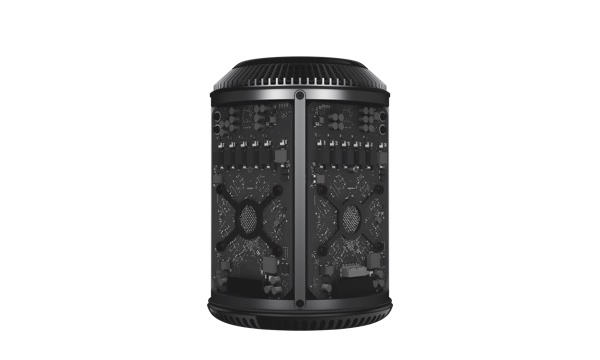
I have gone through several stages of Mac awareness in my career. The first stage was the classic desktop with an Apple display. Mac II, Centris 610, Power Mac 8500, Blue & White G3, Power Mac G5, Mac Pro (2009). My second phase, at Apple and afterwards, was the MacBook Pro. For the mobile pro, this was essential.
When I settled in at The Mac Observer, I found that a MacBook Pro with a second external display didn’t have the horsepower to run Parallels Desktop and other CPU intensive activities. So, in 2010, I bought my first 27-inch iMac with a 256 GB SSD. It was my first Mac to boot from an SSD. It also had a second Apple display. For years I used a beautiful, trustworthy Apple 24-inch LED Cinema Display as that second display.
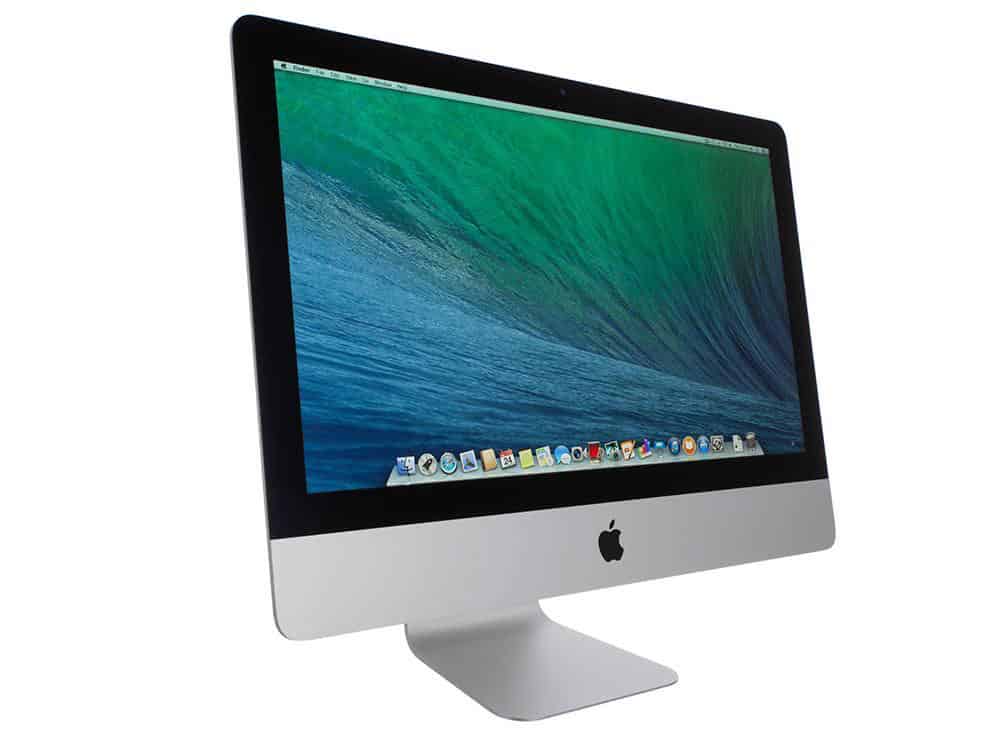
Then Apple got out of the display business. The Apple 27-inch Thunderbolt Display was overpriced in its last years, as it lingered on, and I refused to buy one for a kilobuck.
When the 2013 Mac Pro was announced at WWDC 2013, I was insanely enthusiastic. I was finally able to take delivery in the spring of 2014. With a special discount, I paid $2400. It has 16 GB RAM and a 256 GB SSD which has been rock solid—and still has 60 GB free today.
Sure, it didn’t have the upgrade oomph of a cheese grater 2009 Mac Pro. But I decided that it was just what I needed as a writer. Lots of USB 3 and Thunderbolt 2 ports. Plus, I was starting to pay attention to some very nice displays from HP. For the time being, it sat nicely behind my aging external displays. I told some stories.
My Search: a New Display for a Mac Pro, Part I
My Search: a New Display for a Mac Pro, Part II
The Display You’ve Always Wanted For Your Mac: HP Z34c
This has been the most recent phase in my own Mac awareness. A powerful but smallish headless Mac with an enormous 34-inch, curved HP display. Glorious.
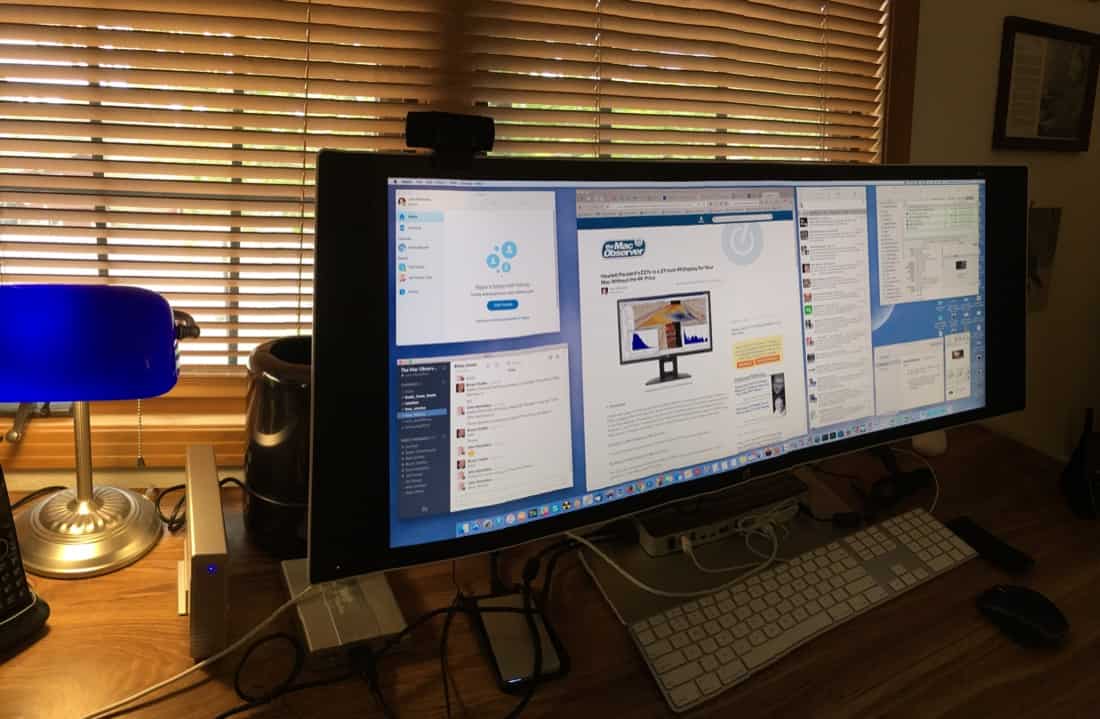
All Hell Breaks Loose
My 2013 Mac Pro shipped with macOS Mavericks. It ran fast and flawlessly. But then in October, 2014, Apple shipped macOS Yosemite. It was a disaster for this Mac Pro. Several times a day, a spinning beach ball would crop up out of nowhere and lock up the graphics system. (This Mac Pro has twin AMD FirePro D300s.) It was a nightmare.
El Capitan in 2015 did nothing to solve the problem. I wrote about it with gusto.
Finally, in 2016, macOS Sierra appeared to provide some relief.
- 2013 Mac Pro GPU Freezes Appear to be Fixed by macOS Sierra
While the spontaneous lockups were mostly under control, it turned out not to be wise to run the built-in screen savers for more than a few hours. A lockup would ensue eventually.
By the time High Sierra shipped in 2017, I felt that these problems were history. The 2013 Mac Pro under High Sierra and then Mojave has easily acquired weeks of continuous uptime. I haven’t has a graphics lockup in years.
A Writer’s Tool
Things I like about this Mac are its ports, reliability and speed. I have the four USB 3 ports filled with a Logitech HD camera (atop the HP display), a Rode Podcaster mic and various external drives. The Thunderbolt ports support DisplayPort to the HP display as well as an OWC Thunderbolt 2 dock. That affords yet more ports for keyboard, various peripherals and drives.
I’ve come to appreciate a large, curved display as a writer. By using multiple (macOS) desktops, I can quickly switch to a desktop of non-overlapping windows to manage my workflow. Dock -> Right-click App -> Options -> Assign To. With this technique, clicking on an app in the Dock instantly takes me to the app on its assigned desktop home in much less than a second. (That’s a lot of pixels to move, fast, on a 3.4K display, but it works well.)
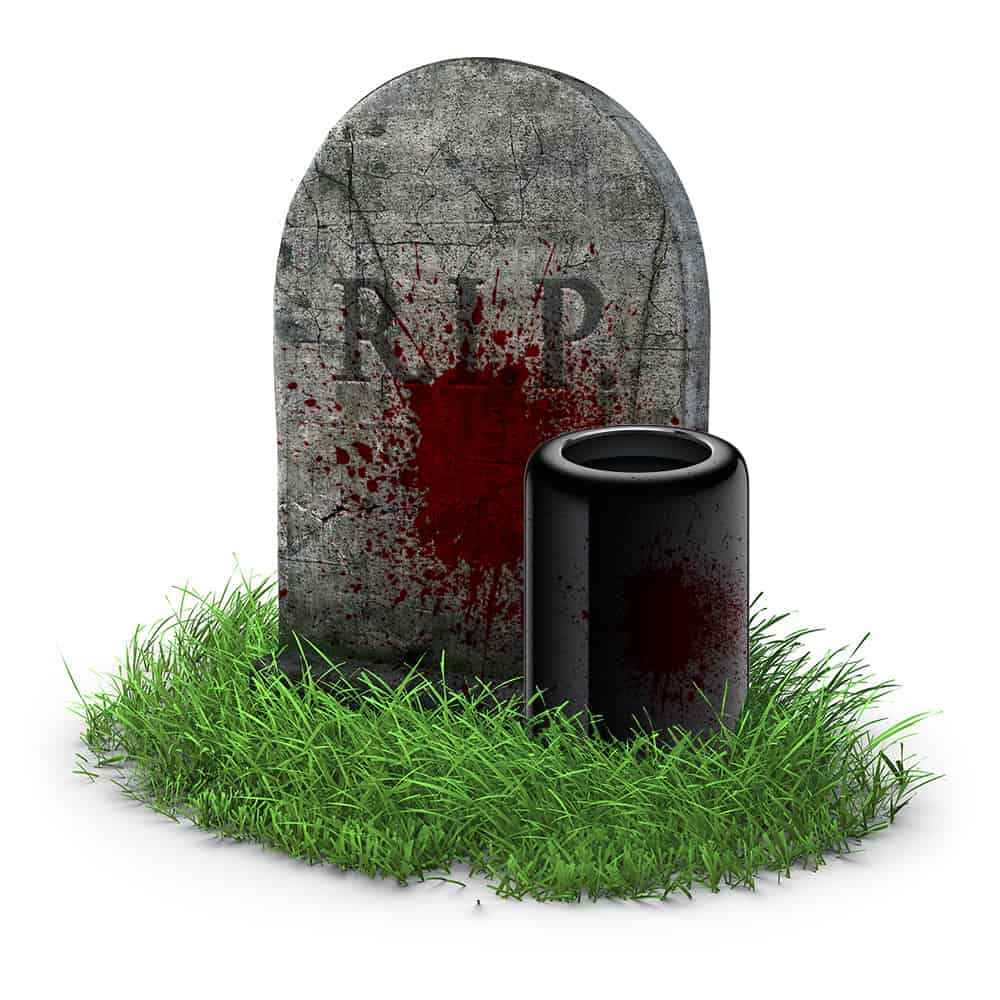
Many IT pros, over the years, have criticized this black beauty for its unsuitability in a server or pro environment. I agree. Apple finally listened and brought forth the amazing 2019 Mac Pro. For the real pros. But for a price that puts it out of range for me and many others who prefer a small, powerful but headless desktop Mac.
I don’t how many more macOS updates this 2013 Mac Pro will support. I suspect, however, that macOS 10.16 will be the end of the line for it. At that point, I will probably seriously consider a loaded Mac mini. I hope that in 2021, Apple will have a new, upgraded Mac mini to please me.
The terrible graphics lockups in Yosemite and El Capitan notwithstanding, this Mac has been a joy for me over the years. It came along just when I needed it, the reliability in general has been superb, and it has done everything I’ve asked of it.
My fantasy is that Apple would release a 2020 model with updated CPU/GPU/ports, but the same design for US$2,500. I’d buy one. A Mac Pro for the rest of us.
Silly me.
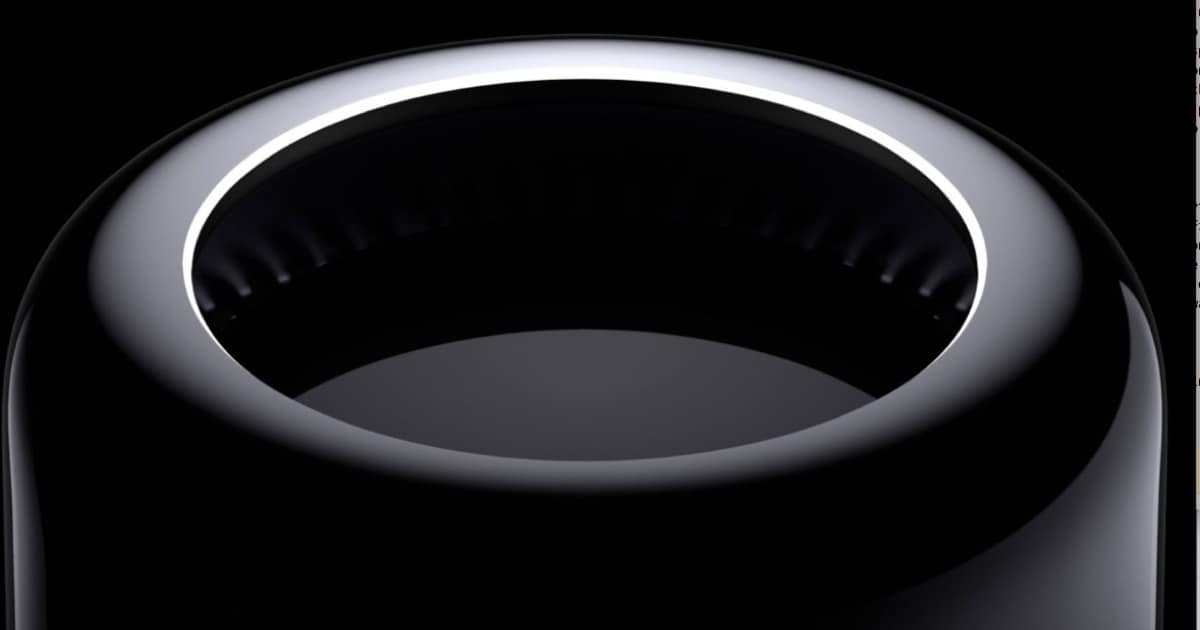
Actually, most Mac users would not even need the power of a Mac Pro (and electricity cost and heating!). A Mac mini TOWER with 27-inch Thunderbolt 3 display would be awesome. Using the same CPU as in iMac (not iMac Pro), or similar, but as standalone Mac plus display. And wired keyboard and mouse. Batteries are obnoxious and destroy planet Earth.
John, they will be doing Mac OS updates for the 2013 for at least another 4-5 years. It could still be purchased brand new from Apple until this week. 3 years of full support (people buying AppleCare) plus the usual OS update schedule for older hardware. They would have supported the 2010/2012 longer if it wasn’t for Intel stopping security support for the CPUs.
The 2013 model looks to be better then even the 2010 Mac Pro that I have, for best bang for longevity purposes and the latest Mac OS updates.
Headless Macs are also more ecological, since the Mac can last for seven years, but a display may last more than 20 years.